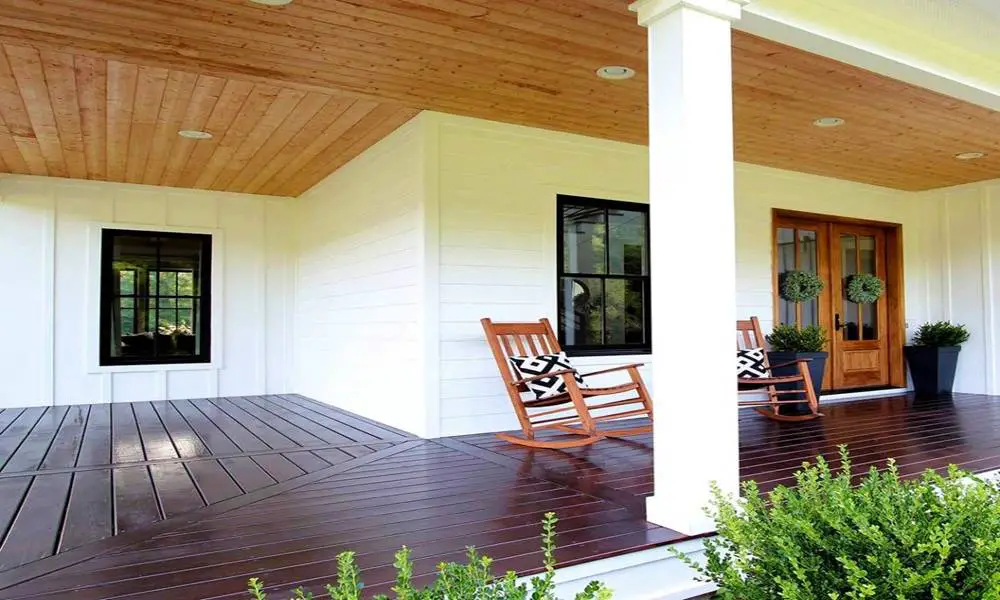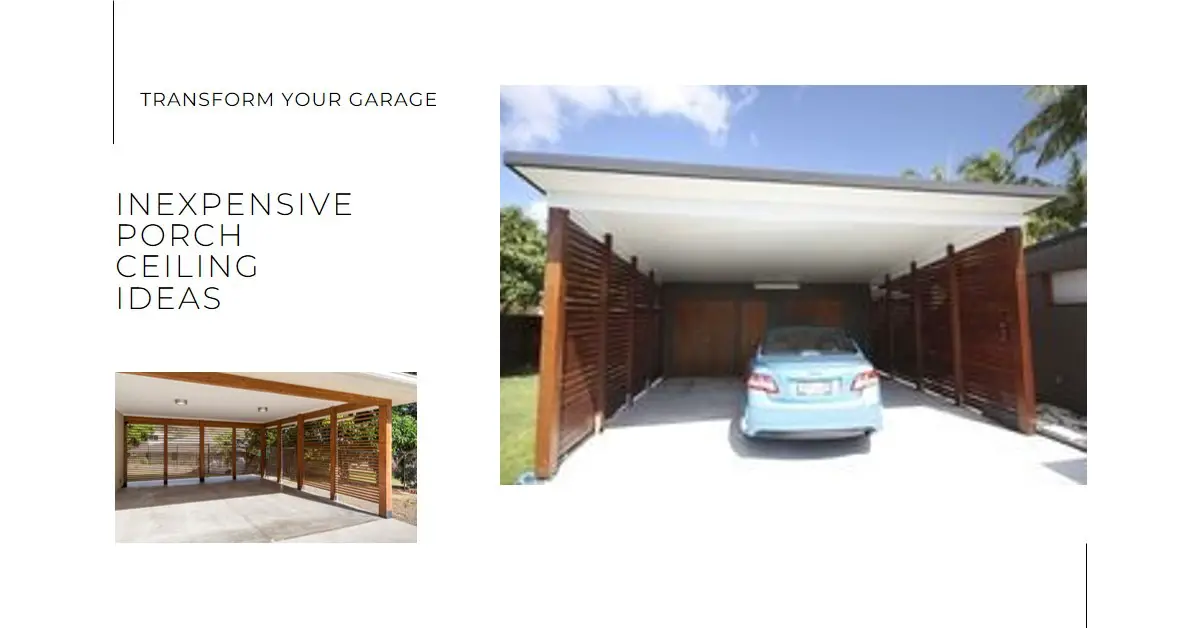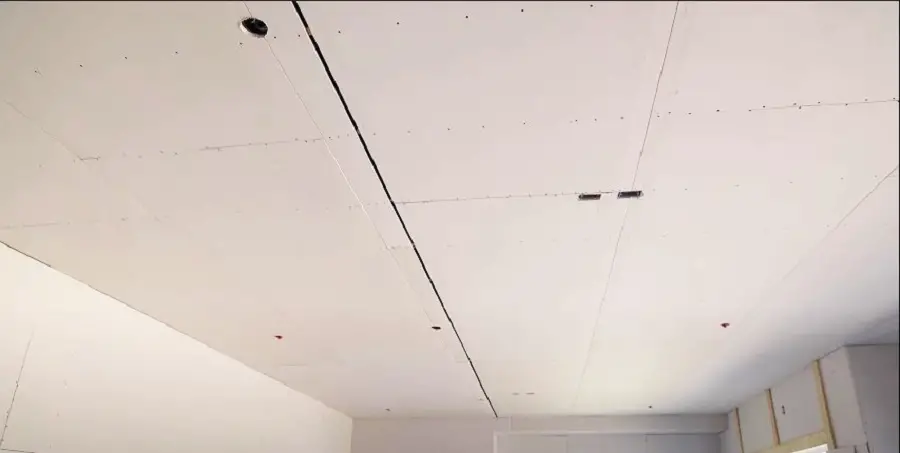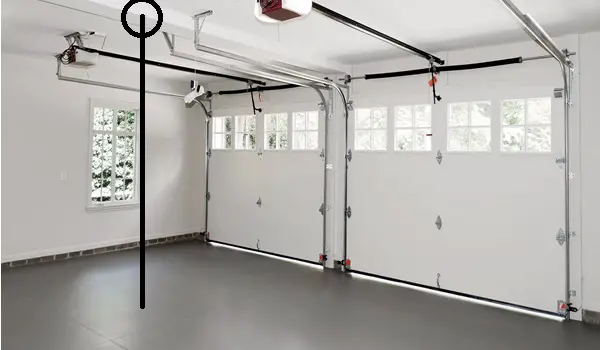Foam Board Insulation Garage Ceilings
Foam board insulation has surged in popularity as the preferred option for insulating garage ceilings, offering a multitude of advantages […]
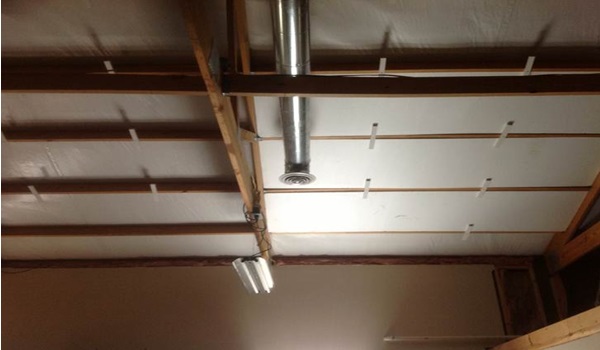
Foam board insulation has surged in popularity as the preferred option for insulating garage ceilings, offering a multitude of advantages designed to meet various requirements.
In this all-encompassing guide, I’ll explore the extensive benefits, vital considerations, and pivotal factors crucial for making a well-informed decision about insulating garage ceiling with foam boards.
Understanding Foam Board Insulation

High R-value
Foam boards shine in the realm of insulation with their diverse R-values, signaling a marked superiority in insulation capabilities.
This translates to achieving the desired insulation levels with thinner boards, providing a practical advantage over traditional materials.
Moisture Resistance
Diverging from traditional fiberglass insulation, foam boards showcase a commendable resistance to moisture and mold growth.
This feature is particularly vital in garages, often exposed to humid conditions that could compromise the effectiveness of insulation.
Air-Sealing Properties
Foam boards don’t just insulate; they create an impermeable barrier, preventing air leaks and drafts.
This dual functionality not only enhances insulation but also significantly contributes to the overall energy efficiency of your garage space.
Ease of Installation
The DIY-friendly nature of installing foam board insulation is a standout feature. These lightweight boards, easily cut with a utility knife, can be affixed to ceiling joists using glue or fasteners, simplifying the insulation process for even the novice DIY enthusiast.
Points to Consider Before Choosing Foam Board Insulation
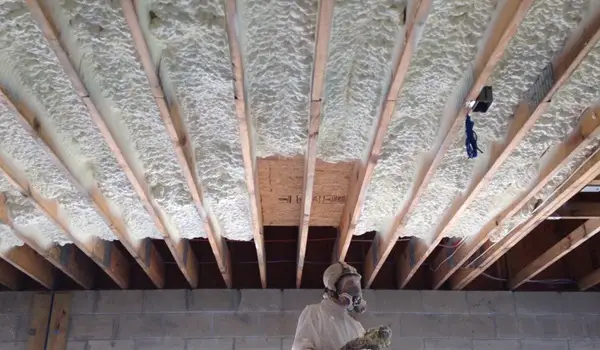
Cost Consierations
While the advantages of foam board insulation are numerous, it’s important to note that they come at a cost.
We’ll delve into the intricacies of cost-effectiveness and factors to consider against potential expenses, ensuring a balanced decision-making process.
Material Costs
Foam Board Cost
- Range: $2.40 – $3.75 per square foot
- Thicker boards offer enhanced insulation but come at a higher cost. Choose the thickness that aligns with the desired R-value for your climate.
- Types of foam boards: Polystyrene, polyisocyanurate, and XPS foam are common options, each with distinct costs and properties.
- Fire-resistant coating: Some local codes may mandate a fire-resistant coating, adding an extra layer of cost consideration.
Installation Costs
Installation Methods
- DIY installation: While saving on labor costs, this approach requires tools and experience.
- Professional installation: Streamlines the process but introduces labor costs, typically ranging from $1.50 to $3.00 per square foot.
Additional Costs
- Fasteners or adhesive: Necessary for securing the foam boards in place.
- Tape and sealant: Essential for sealing air leaks and enhancing insulation performance.
- Ventilation: Ensuring proper ventilation might require additional fans or vents.
Overall Cost Range
- DIY: $4.00 – $7.75 per square foot
- Professional: $6.00 – $11.75 per square foot
Factors Affecting Cost
Garage Size
- Larger garages necessitate more material, leading to increased costs.
Accessibility
- Difficult access might require scaffolding or additional equipment, impacting costs.
Local Labor Rates
- Professional installation costs vary based on location and local labor rates.
Permits and Inspections
- Building permits and inspections may be necessary, contributing to the overall cost.
Cost Comparison with Other Insulation Options
Fire Safety
The safety aspect is paramount. We’ll explore the fact that certain types of foam boards are flammable, potentially requiring a fire-resistant coating to guarantee a secure environment within your garage.
Off-Gassing
An often overlooked consideration is off-gassing. Certain foam board insulations emit volatile organic compounds (VOCs) during and post-installation.
We’ll emphasize the importance of opting for low-VOC or VOC-free options to maintain optimal air quality within your garage.
Choosing the Right Foam Board Insulation
Climate-Driven Decisions
Understanding the climate-specific R-value requirements is integral to the decision-making process.
We’ll guide you in determining the appropriate R-value based on your region’s climate, ensuring optimal insulation performance.
Assessing Existing Insulation
For those with pre-existing insulation, we’ll explore the viability and benefits of adding a layer of foam board. This can be a cost-effective strategy to enhance the insulation in garage.
Budgetary Considerations
Determining your budget is a pivotal step in making an informed decision. We’ll provide insights into cost-effective approaches without compromising the quality of insulation, helping you strike the right balance.
Adhering to Building Codes
Local building codes may have specific requirements for garage ceiling insulation. We’ll underscore the importance of compliance and guide you on where to find relevant information, ensuring your insulation meets necessary standards.
Resources for Further Insight
Home Depot’s Selection
Explore Home Depot’s extensive range of foam board insulation options tailored specifically for garage ceilings.
Home Depot: Foam Board Insulation
Garage Journal Community
Engage with the vibrant Garage Journal community to gain valuable insights from discussions on various garage ceiling insulation options.
Garage Journal: Ceiling Options
Foam Insulation 4US Expertise
Access expert advice on insulating garage ceilings with foam board from the knowledgeable team at Foam Insulation 4US.
Foam Insulation 4US: Insulate Garage Ceiling with Foam Board
Conclusion
Foam board insulation emerges as a compelling solution for garage ceilings, seamlessly combining high R-values, moisture resistance, and ease of installation.
By carefully weighing the pros and cons and considering key factors, you can confidently make an informed decision that aligns with the specific needs of garage space.
Frequently Asked Questions (FAQs)
Is foam board insulation suitable for all climates?
Yes, but the required R-value varies based on climate. Colder climates generally necessitate higher R-values.
Can I install foam board insulation over existing insulation?
Yes, it’s often a viable option to enhance insulation in garages with pre-existing insulation.
Are there fire safety concerns with foam board insulation?
Some types are flammable, so it’s crucial to consider fire-resistant coatings for added safety.
What is off-gassing, and should I be concerned about it?
Off-gassing involves the release of VOCs. Opting for low-VOC or VOC-free options minimizes air quality concerns.
How can I ensure compliance with local building codes?
Check your local building codes and regulations to ensure your garage ceiling insulation meets required standards.

